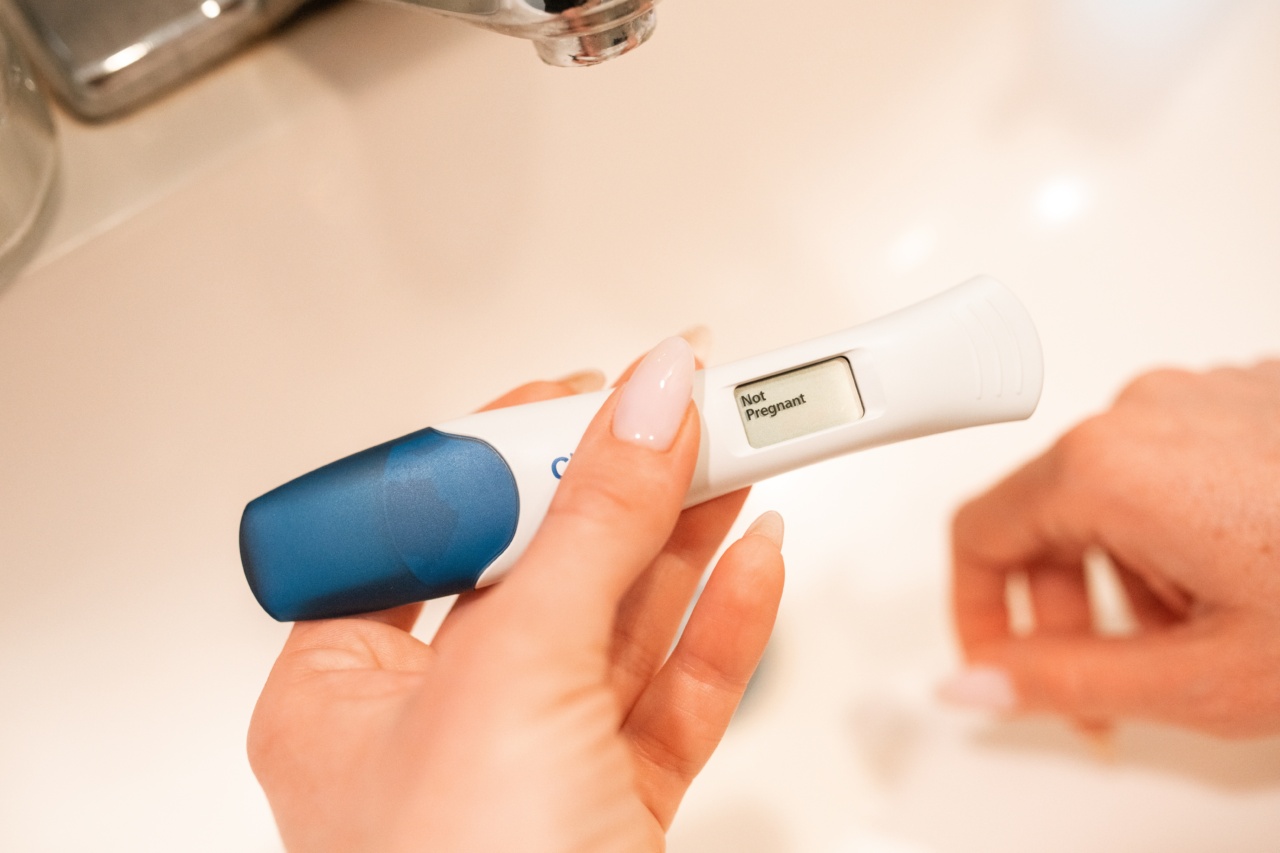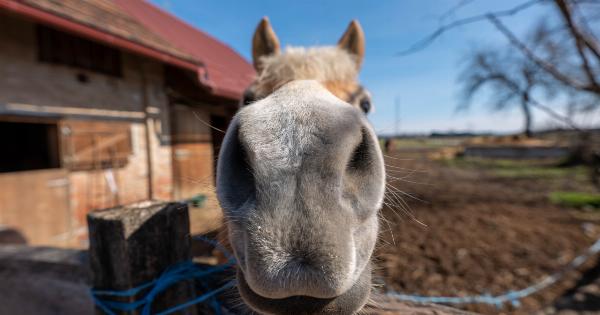Bronchiolitis is a common respiratory infection that affects children, particularly infants, during the winter months.
It is typically caused by a viral infection and results in inflammation and congestion in the smallest air passages of the lungs, known as bronchioles. This condition can cause difficulty breathing and other respiratory symptoms.
Symptoms of Bronchiolitis
The symptoms of bronchiolitis can resemble those of a common cold at first. However, as the condition progresses, the following signs and symptoms may become more pronounced:.
1. Cough
One of the hallmark symptoms of bronchiolitis is a persistent cough. This cough may be dry or productive, producing phlegm or mucus.
2. Rapid breathing
Infants with bronchiolitis tend to have rapid, shallow breathing, known as tachypnea. This can make it more difficult for them to breathe and may cause their chest to visibly rise and fall rapidly.
3. Wheezing
Wheezing, a high-pitched whistling sound when breathing, is another common symptom of bronchiolitis. This occurs due to the increased resistance in the narrowed airways.
4. Nasal congestion
Nasal congestion is often present in infants with bronchiolitis. This can cause difficulty with feeding and sleeping.
5. Fever
A mild fever is frequently associated with bronchiolitis. However, in severe cases, fever may be higher.
6. Irritability or lethargy
Infants with bronchiolitis may become irritable or unusually lethargic due to their difficulty in breathing and overall discomfort.
7. Poor feeding
Because of nasal congestion and labored breathing, infants with bronchiolitis may experience poor appetite or have trouble feeding.
8. Cyanosis
In severe cases, a bluish discoloration of the lips and skin, called cyanosis, may develop. Cyanosis indicates a lack of oxygen in the blood and requires immediate medical attention.
Diagnosing Bronchiolitis
When a child presents symptoms suggestive of bronchiolitis, a healthcare professional will perform a physical examination and ask about the child’s medical history. To confirm the diagnosis, the following diagnostic tests may be ordered:.
1. Chest X-ray
A chest X-ray can help rule out other respiratory conditions and assess the severity of inflammation in the lungs.
2. Pulse oximetry
Pulse oximetry measures the oxygen saturation in the blood. A low oxygen saturation level can indicate the severity of bronchiolitis and the need for supplemental oxygen.
3. Nasal swab
A nasal swab may be taken to test for the presence of specific viruses, such as respiratory syncytial virus (RSV), which is a common cause of bronchiolitis.
Treating Bronchiolitis
Most cases of bronchiolitis can be managed at home with supportive care. However, severe cases or those involving high-risk infants may require hospitalization. The following are common components of bronchiolitis treatment:.
1. Hydration
Maintaining proper hydration is crucial, particularly in infants, to prevent dehydration. Offering frequent small amounts of fluid is recommended.
2. Rest
Adequate rest helps the body recover and combat the viral infection. Extra sleep and reduced physical activity might be necessary.
3. Saline nasal drops
Saline nasal drops can help relieve nasal congestion by loosening mucus. This can make breathing easier for infants.
4. Cool mist humidifier
Using a cool mist humidifier in the child’s room can help moisten the air and alleviate respiratory symptoms.
5. Acetaminophen or ibuprofen
If the child is displaying signs of discomfort or fever, acetaminophen or ibuprofen can be used to reduce pain and fever.
6. Monitoring
Monitoring the child’s symptoms, such as breathing rate and overall well-being, is important. Any worsening or concerning signs should be discussed with a healthcare professional.
7. Hospitalization
In severe cases, where the child struggles to breathe or exhibits signs of respiratory distress, hospitalization may be necessary. Oxygen supplementation, suctioning, and other supportive measures can be provided in a hospital setting.
Preventing Bronchiolitis
Preventing bronchiolitis can be challenging due to its viral nature. However, following these preventive measures may help reduce the risk:.
1. Hand hygiene
Regular handwashing by caregivers, as well as other family members and visitors, can help minimize the spread of viruses.
2. Avoiding exposure
Limiting the exposure of infants to individuals with respiratory illnesses, particularly during the winter months, can help reduce their risk of bronchiolitis.
3. Breastfeeding
Breastfeeding provides infants with antibodies that can help protect against respiratory infections, including bronchiolitis.
4. Vaccination
Vaccination against viruses such as influenza and respiratory syncytial virus (RSV) can reduce the risk of bronchiolitis.
Conclusion
Bronchiolitis is a common respiratory infection affecting children, particularly infants, during the winter months. It can cause symptoms such as cough, rapid breathing, wheezing, and nasal congestion.
While most cases can be managed at home with supportive care, severe cases may require hospitalization. Preventive measures, including hand hygiene, limiting exposure, breastfeeding, and vaccination, can help reduce the risk of bronchiolitis.





























